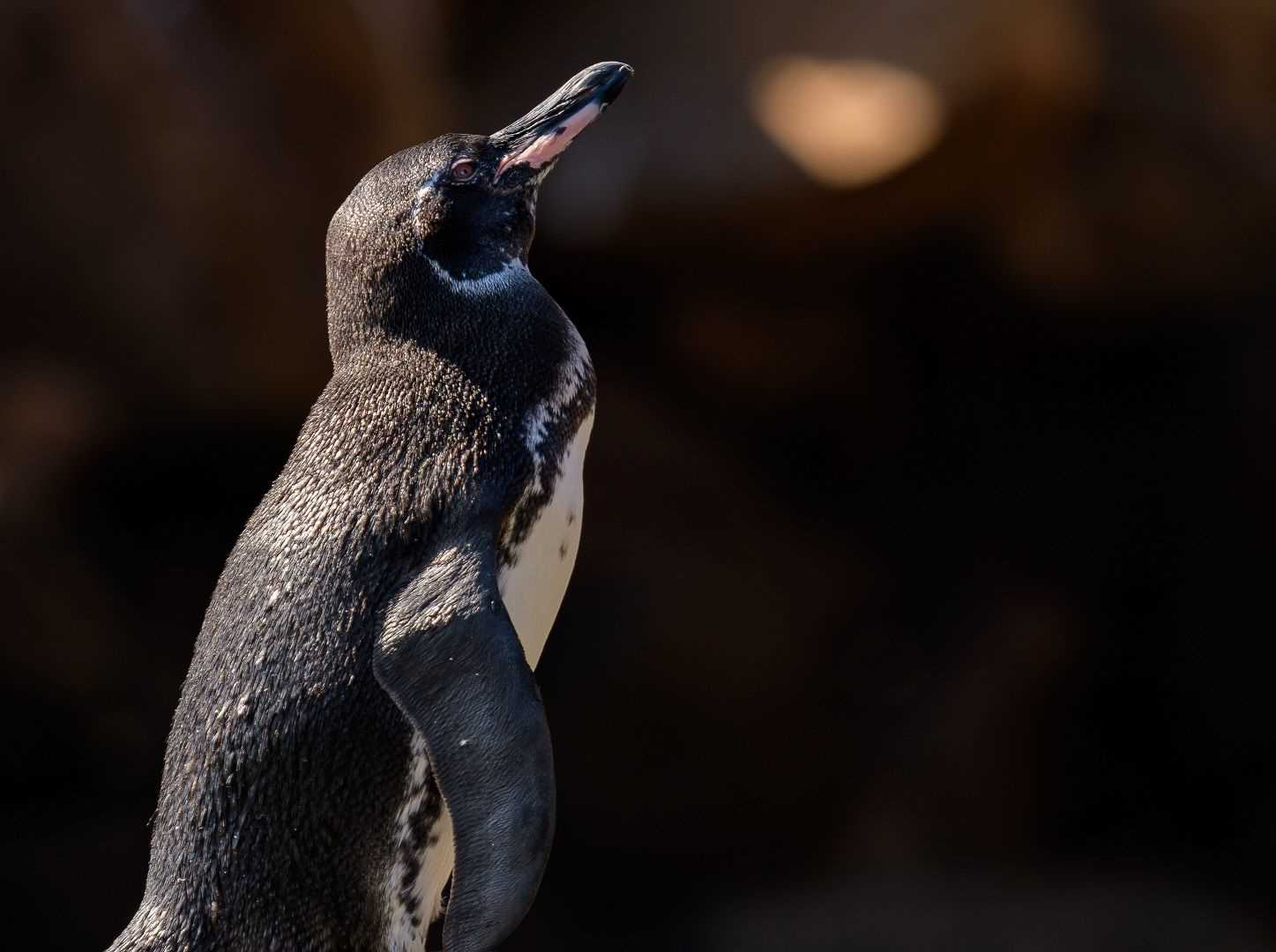National Geographic Island navigated to one of the furthest visitor sites in the Galapagos that required crossing the equator, twice! We arrived at Punta Vicente Roca located at the snout of the seahorse-shaped island. This is an outstanding place for exploration on the surface and underwater.
In the afternoon we traveled south to Fernandina Island, the Galapagos’ youngest and westernmost island. We had a great walk along Fernandina’s volcanic shores, and along the way there were several sunset bottle-nose dolphins to greet us.- Daily Expedition Reports
- 22 Jan 2019
Isabela and Fernandina Island, 1/22/2019, National Geographic Islander
- Aboard the National Geographic Islander
- Galápagos
Socrates Tomala, Naturalist/Certified Photo Instructor
Socrates was raised on Santa Cruz Island located in the heart of Galapagos Archipelago. He had a childhood filled with swimming, scuba diving, rock climbing and volunteering in conservation projects, so it was natural for him to grow very passionate ...
Read MoreLuis Vela, Naturalist
Luis was born in a small river town approximately one hour up the Marañon River from the small city of Nauta. Here he lived with his parents and grandparents who taught him about all the marvels of this part of the world. From a very early age he was...
Read MoreShare Report
Related Reports
11/23/2022
Read
National Geographic Islander II
Isabela and Fernandina
Our day began with the chance to point out a lot of interesting geological features as we enjoyed Zodiac tours along a massive flank of Ecuador Volcano on Punta Vicente Roca. In the afternoon, we took a sunny walk on Punta Espinoza on Fernandina Island. We spotted many iguanas, and a bunch of sea lions hanging around, too.
11/22/2022
Read
National Geographic Islander II
North Seymour & Rabida Islands
Relatively small and low compared to neighboring Santa Cruz, North Seymour is located to the north of Baltra. The island is dry with predominantly low shrubs, like prickly pear cacti. The incense trees are bare during the dry season. Seabirds like frigatebirds and blue-footed boobies nest on the island, and sea lions rest on the sand when they are not fishing. Land and marine iguanas also live here. Rabida is in the middle of the archipelago and has a striking red sand beach. We observed a small colony of sea lions of all ages resting or nursing. Behind the beach, American flamingos nest in a brackish lagoon. This island is full of contrasts and wildlife that we enjoyed observing during this day of expedition.









